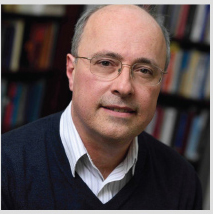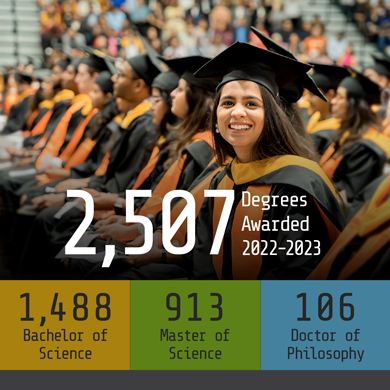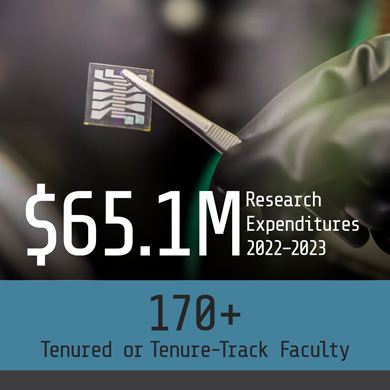
Fluid Mechanics and Turbulence in Extended Wind Farms

Fluid Mechanics and Turbulence in Extended Wind Farms
Friday, October 12, 11:00 a.m.
T.I. Auditorium (ECSS 2.102)
Dr. Charles Meneveau
Johns Hopkins University
Biography : Dr. Charles Meneveau is the Louis M. Sardella Professor in the Department of Mechanical Engineering at Johns Hopkins University and is Associate Director of the Institute for Data Intensive Engineering and Science (IDIES) at Hopkins.
He received his bachelor’s degree in mechanical engineering from the Universidad Técnica Federico Santa María in Valparaíso, Chile, in 1985, and master of science, master of philosophy and degrees from Yale University in 1987, 1988 and 1989, respectively. During 1989-90 he was a postdoctoral fellow at the Center for Turbulence Research at Stanford. He has been on the Johns Hopkins faculty since 1990.
His area of research is focused on understanding and modeling hydrodynamic turbulence, and complexity in fluid mechanics in general. The insights that have emerged from Meneveau’s work have led to new numerical models for Large Eddy Simulations (LES) and applications in engineering and environmental flows, including wind farms. He also focuses on developing methods to share the very large data sets that arise in computational fluid dynamics.
He is deputy editor of the Journal of Fluid Mechanics and served (until 2015) for 13 years as the editor-in-chief of the Journal of Turbulence.
Meneveau is a member of the U.S. National Academy of Engineering, a foreign corresponding member of the Chilean Academy of Sciences, and a Fellow of the American Academy of Mechanics, the American Physical Society and the American Society of Mechanical Engineers. He received an honorary doctorate from the Danish Technical University (2016), the inaugural Stanley Corrsin Award from the American Physical Society (2011), the Johns Hopkins University Alumni Association’s Excellence in Teaching Award (2003), and the APS’ François N. Frenkiel Award for Fluid Mechanics (2001).
Abstract : This presentation will provide an overview of our current understanding of the flow structure and turbulence in the wind turbine array boundary layer (WTABL). This particular type of shear flow develops when the atmospheric boundary layer interacts with an array of large wind turbines. Based on such understanding, we aim to develop reduced order, analytically tractable models. These are important engineering tools for wind energy, both for design and control purposes. We will focus on two fluid mechanical themes relevant to wind farm design and control.
The first topic deals with spectral characteristics of the fluctuations in power generated by an array of wind turbines in a wind farm. We show that modeling of the spatio-temporal structure of canonical turbulent boundary layers coupled with variants of the Kraichnan’s random sweeping hypothesis can be used to develop analytical predictions of the frequency spectrum of power fluctuations of wind farms. We show that modeling of the spatio-temporal structure of canonical turbulent boundary layers coupled with variants of the Kraichnan’s random sweeping hypothesis can be used to develop analytical predictions of the frequency spectrum of power fluctuations of wind farms.
In the second part we describe a simple (deterministic) dynamic wake model, its use for wind farm control, and its extension to the case of yawed wind turbines. The work to be presented arose from collaborations with Juliaan Bossuyt, Johan Meyers, Richard Stevens, Tony Martinez, Michael Wilczek, Carl Shapiro and Dennice Gayme. We are grateful for National Science Foundation support.







